1 Choosing the Right Food
Whole grains: …, dry grains without a white coating, size and shape are quite uniform. When bitten, they have a crunchy texture and a distinctive aroma.
Meat: Has a high elasticity, no foul odor, and a fresh color. When touched, it does not feel slippery.
Fish and seafood: Fish have evenly distributed scales that are not flaky, clear eyes, and closed gills. For other seafood, look for live or elastic flesh, clear eyes, a distinctive aroma, and a hint of sea salt.
Vegetables: Vibrant in color, crisp stems, and crunchy texture; leaves are not crushed or wilted.
Fruit: Choose seasonal fruits with intact skins and no cracks or unusual marks. When you squeeze the stem, you should smell the fruity aroma of the resin.
Dairy products: They should have a mild, distinctive aroma, no discoloration, and no signs of green mold in the corners. Ensure that the product has at least three months of shelf life remaining.
Processed foods: Only purchase from reputable brands and sources. The packaging should be intact with no unusual signs. Labels should include expiration dates, production dates, ingredients, etc.
 Choose fresh food
Choose fresh food
2 Proper Food Preparation
For vegetables: Avoid soaking them in water for more than 5 minutes. It is best to rinse them under running water. This way, vitamins B and C and minerals will not dissolve.
Fruit: Wash thoroughly before peeling. For fruits like apples and guavas, there are many nutrients in the peel, so try to keep it intact if possible.
Meat, fish, and seafood: Allow them to thaw naturally at room temperature or overnight in the refrigerator. Avoid soaking them in water, as this can cause them to swell and rot.
Cook the food immediately after preparation, as the longer it sits, the more nutrients it loses, especially when cut into small pieces.
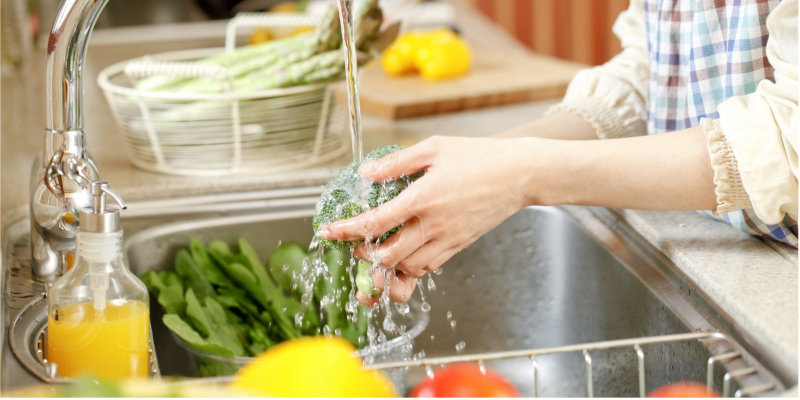
3 Proper Cooking Methods to Retain Nutrients
Mixing and making salads: This is the best way to retain nutrients. However, ensure that the vegetables are properly prepared and sanitized. Avoid using raw or uncooked vinegar for mixing.
Steaming: Bring the water to a boil before adding the ingredients for steaming. Pay attention to the cooking time, and do not cook for too long.
Boiling and stewing: Vitamins and minerals easily dissolve into the water, so use the cooking liquid as well.
Grilling and roasting: Stir frequently, roast over high heat for a short time, use a specialized oven, or brush the marinade onto the food to prevent nutrient loss.
Frying: Only use medium or low heat, as high temperatures can cause the food to burn and lose nutrients.

4 Proper Food Storage
Freeze meat, fish, and seafood if you are not going to use them immediately.
For vegetables, only refrigerate; freezing will cause enzymes to break down and destroy vitamins and minerals.
Store grains and eggs in a cool, dry place, away from direct sunlight and high humidity.
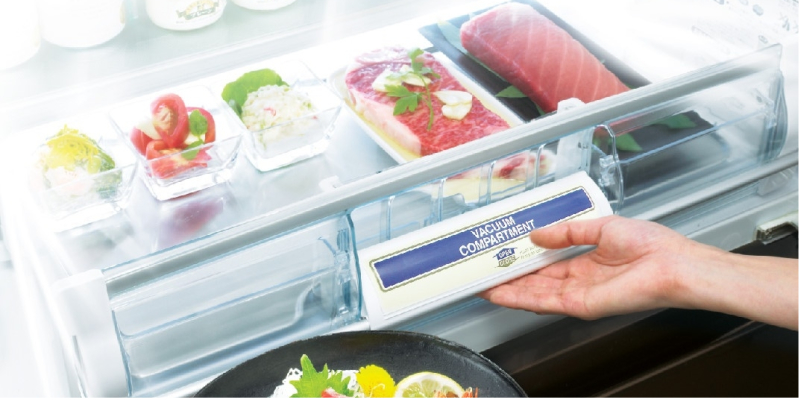
You cannot retain 100% of the nutrients in food, but you can minimize loss by reducing water, cooking time, and the surface area of food exposed to air during cooking.
For more information:
References: anhkimfoods.vn, tuoitre.vn
More Useful Advice for Homemakers (Part 2)
Have you heard of the surprisingly easy tips to make cooking and household chores simpler? White radish eliminates the acrid taste of salted meat, adding alum to raw shrimp helps soften it, and adding cold water when frying eggs can make them crispy – these are just a few of the tricks to make your life easier.
Uncovering 11 Surprising Ways to Utilize a Refrigerator
Many people know that refrigerators are great for preserving food but they may not know that these appliances have some surprising, alternative uses. From killing pesky bookworms to assisting in parking, the refrigerator has a variety of secrets up its sleeve.


























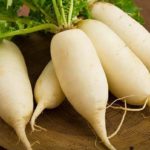

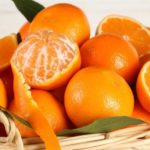
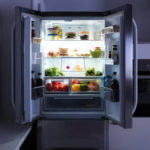 Refrigerator
Refrigerator




